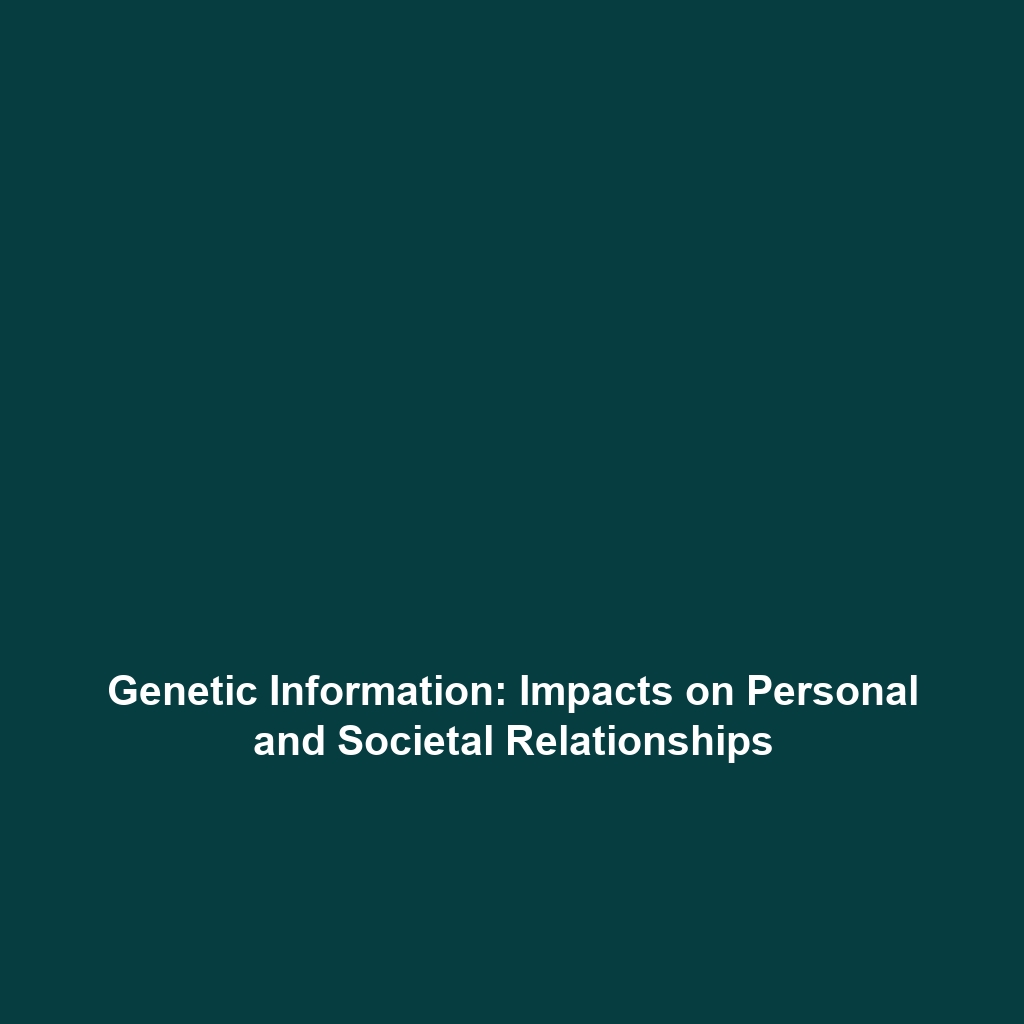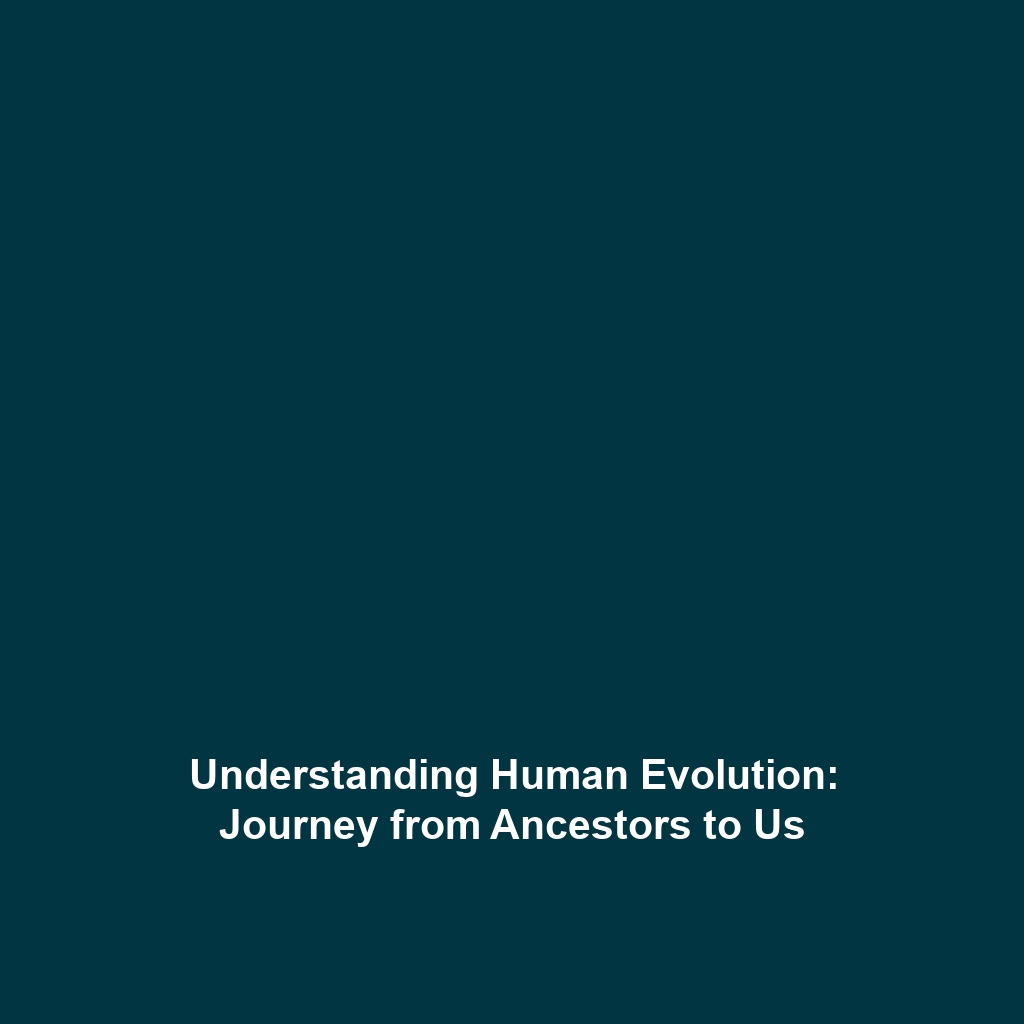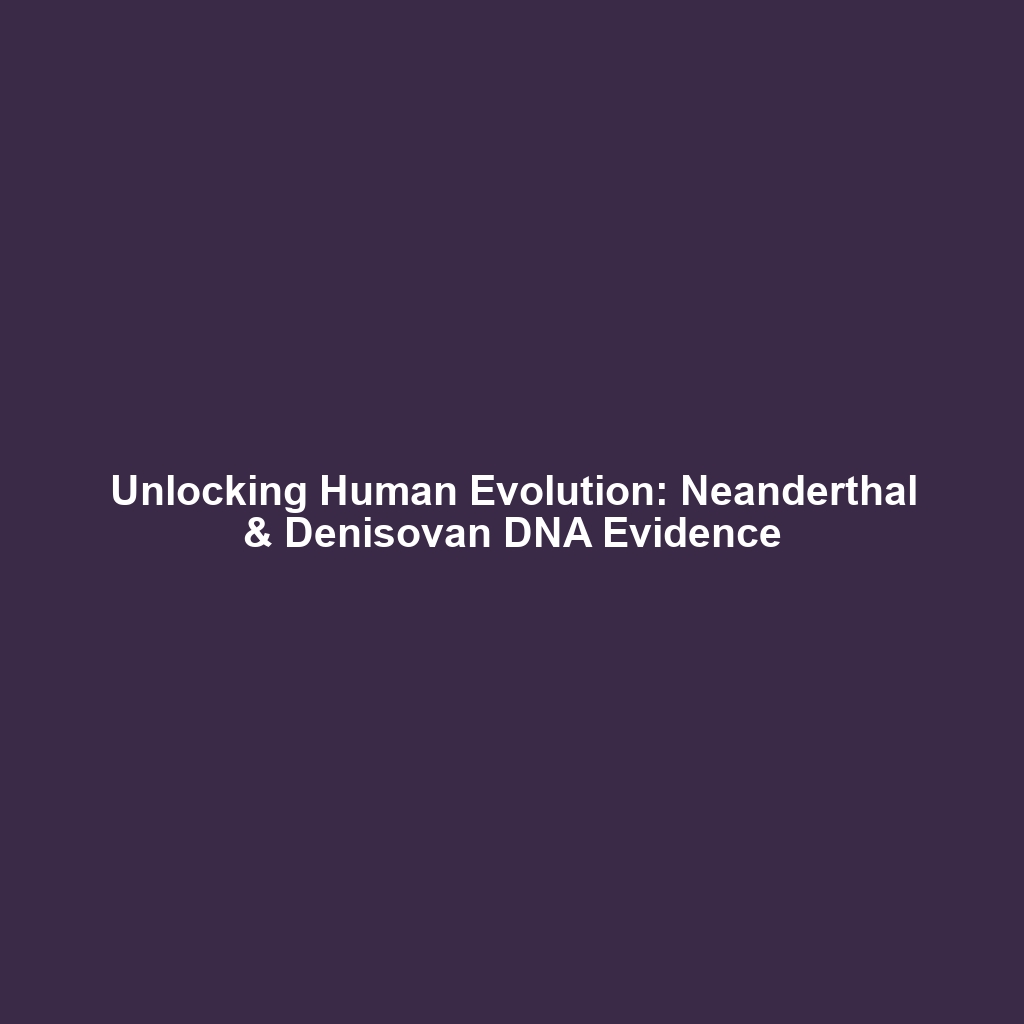Impact of Patents on Innovation, Research, and Access to Genetic Tests
The Human Genome Project has fundamentally transformed our understanding of genetics, leading to groundbreaking innovations in medical research and treatment. However, the intersection of patents and genetic testing raises significant questions regarding innovation, research access, and public health. The impact of patents on innovation directly ties into the principles of the Human Genome Project, motivating a balanced approach to patent laws that supports both commercial interests and public accessibility. Understanding this impact is crucial for fostering an environment conducive to continuous advancements in genetic research.
Key Concepts
The following key concepts elucidate the relationship between patents, innovation, and genetic testing within the framework of the Human Genome Project:
- Patent Ownership: The legal rights granted to inventors to protect their discoveries often leads to exclusivity over genetic tests and technologies.
- Innovation Incentives: Patents can incentivize research and development, encouraging investments in new genetic technologies.
- Access to Genetic Testing: Patents can create barriers to access by increasing costs and limiting availability of tests essential for public health.
- Ethics and Equity: The ethical considerations surrounding patents and their implications for equitable access to genetic information.
Applications and Real-World Uses
The impact of patents on innovation, research, and access to genetic tests is evident in several significant real-world applications:
- Diagnostics: Patented tests for genetic disorders have revolutionized personalized medicine by enabling targeted treatment strategies.
- Pharmacogenomics: The development of patented genetic tests enhances drug efficacy and safety by tailoring medications to individual genetic profiles.
- Research Collaboration: Insights derived from patented technologies often lead to collaborative research initiatives, fostering innovation within genetic research.
These applications highlight how patents function within the Human Genome Project landscape, demonstrating both utility and challenges in research and public health access.
Current Challenges
Despite potential benefits, challenges associated with the impact of patents on innovation, research, and access to genetic tests persist:
- High costs of patented tests limit availability for low-income populations.
- Patents can stifle innovation by restricting access to fundamental genetic research tools.
- Complex patent landscapes can confuse researchers and impede collaboration.
- Ethical concerns regarding ownership and commercialization of genetic information.
Future Research and Innovations
Future research in the realm of patents and genetic testing is poised for remarkable advancements. Emerging technologies include:
- CRISPR and Gene Editing: Innovations in gene-editing technologies promise to challenge existing patent frameworks.
- Blockchain for Data Sharing: Potential for decentralized platforms to enhance access to genetic testing and related research.
- Advancements in Bioinformatics: New computational tools are being developed to better understand and navigate complex patent networks.
These innovations could reshape the future of how we perceive patents in the context of the Human Genome Project.
Conclusion
The intersection of patents, innovation, research, and access to genetic tests presents both opportunities and challenges shaped by the Human Genome Project. For continued progress, it is imperative to address the ethical, legal, and economic factors that influence genetic research. By fostering a balanced patent system, stakeholders can ensure that innovation benefits society as a whole. For further reading on the implications of genetic research, visit our related articles.









